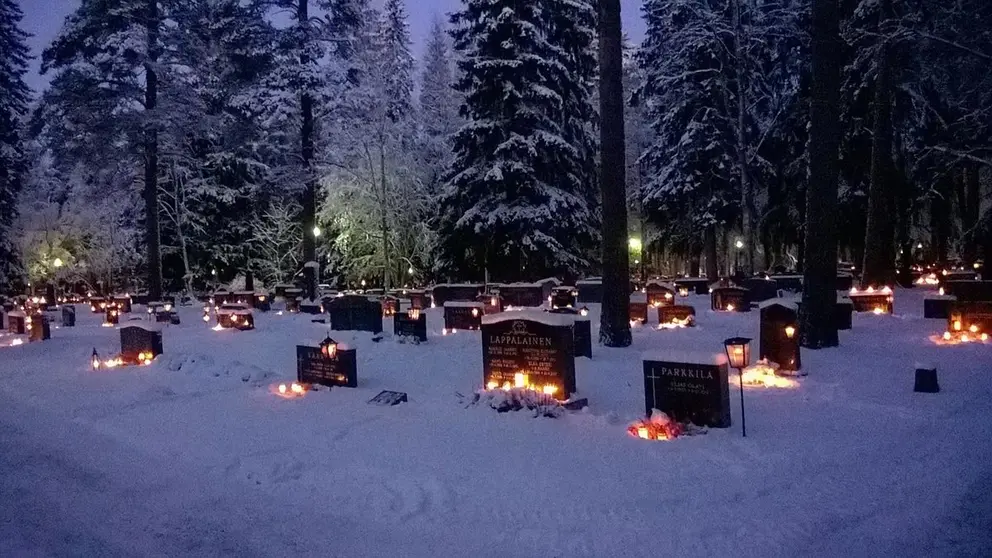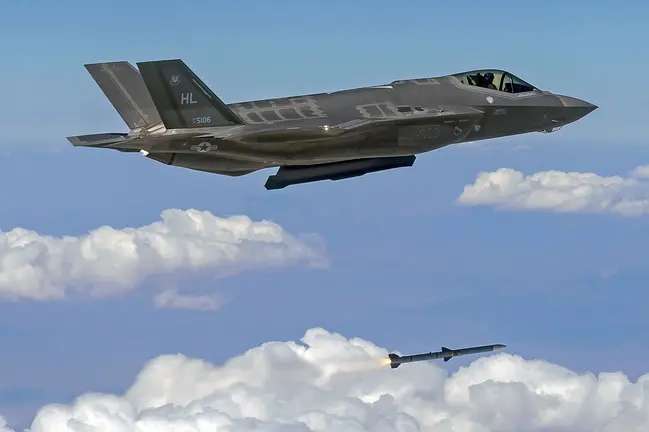All Saints' Day (in Finnish Pyhäinpäivä) is a traditional Christian holiday celebrated in most countries of the world on 1 November.
In Finland, a Nordic country with a Lutheran tradition and therefore unlikely to declare non-working days, All Saints' Day is observed on the first Saturday after 30 October since the mid-1950s. This year it is celebrated on 2 November 2019.
All Saints' Day is a massive celebration for Finns. However, during the last two decades it has been somehow overshadowed by Halloween.
This has happened mainly because the pumpkin party has become another reason to go out and celebrate, especially among the youngest.
As in the rest of Europe and America, school parties and also adult costume parties are becoming more and more popular. In these carnivals, boys and girls usually dress as ghosts, vampires or witches, with the peculiarity that males exaggerate in their costumes the bloody side of the celebration, while females usually combine their Gothic clothes with provocative garments.
Kekri
But the fact is that modern Halloween (or All Hallows' Eve) has spread from the United States to the rest of world in recent years, even though it is linked to ancient European culture. Throughout Europe there existed pagan traditions that were celebrated at this time. For example in Finland, it was called Kekri and it was related to the crop and slaughter of animals at fall.
It was not fixed to a concrete day, but every farm celebrated it when the harvest had been collected. As on Christmas Eve, the house had to be cleaned and later people gathered around tables full of fresh food from the just harvested crop.
Finnish farmers thought that the more food they offered at Kekri, the better the crop would be the next year. Parties also involved singing, dancing and drinking alcohol. Some people even believed that the amount of alcohol drunk by the owner would also influence the abundance of the next harvest.
Beautiful scenes on All Saints' Day
Cultural anecdotes aside, the fact is that most Finns show a great respect for All Saints' Day, which is celebrated by the majority of the population. It is considered as a day of dignity and reflection, an occasion to remember and miss loved ones who have passed away, especially those who left during the previous year.
In Finland, the tradition on All Saints' Day is to visit cemeteries where loved ones rest and light candles in their graves to honor and remember them. Therefore, a visit to a cemetery allows to attend beautiful scenes of love and devotion. It is not uncommon to see people standing or sitting by the graves and even kissing the tombstones.
It is particularly impressive the spectacle of thousands of burning candles, especially after the sunset. Flames burn on the graves until the candles run out as a way to keep alive the memory of those who are no longer among us.
Military graves
In an article about the Finnish cult of death included in the book 'Finland, a cultural encyclopedia' published by the Finnish Literature Society, professor of comparative religion at the University of Helsinki, Juha Pentikäinen explained that Finland also shows a cult peculiar related to the remembrance of military graves.
The respect that the country has for the tombs of the soldiers who died during the Second World War and the Finnish Civil War is particularly visible in the Day of the Fallen (celebrated the third Sunday of May) but also in All Saint's Day and in Christmas Eve.
Therefore, if you visit a cemetery in one of those days, do not forget to walk around the area where the soldiers lie.











